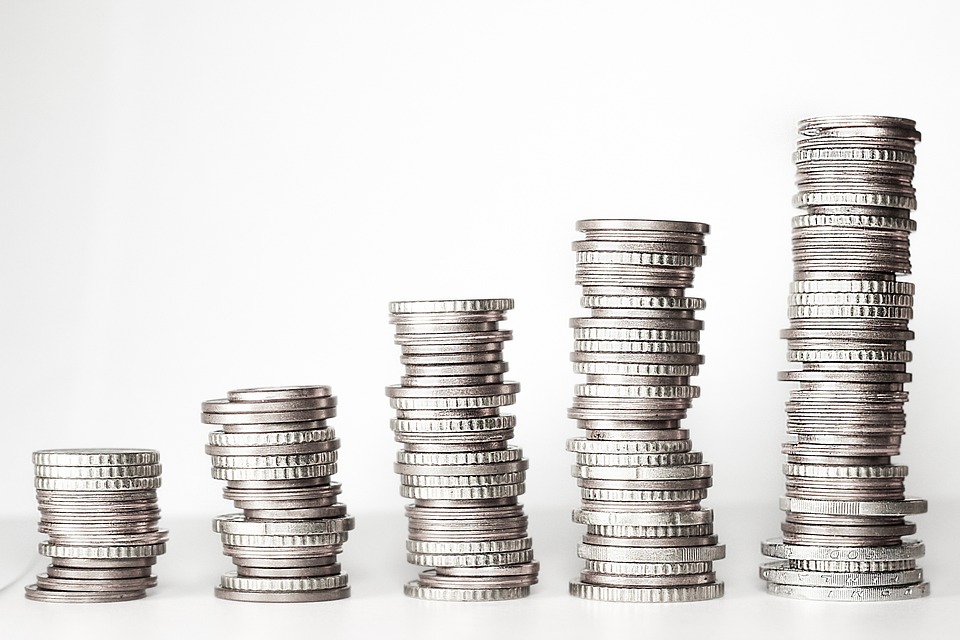 Image Source:
Image Source:
In the aftermath of the 2020 COVID-19 crash, supply disruptions, and subsequent massive stimulus injections, commodities experienced a significant surge. This led many analysts, including myself, to predict the beginning of a new commodity supercycle – a prolonged period of rising commodity prices that could unfold over this decade. Now, four years later, it’s time to reassess whether this thesis remains valid or if it has been derailed, delayed, or unfolding as anticipated.
What Is a Commodity Supercycle?
A commodity supercycle typically involves an extended period of at least five years or more of consistent price increases across a broad range of commodities. These cycles often emerge after a long lag between commodity prices and changes in supply. As economic growth drives up demand for commodities, supply eventually falls short, putting upward pressure on prices. This continues until prices become attractive enough to incentivize producers to increase supply.The last major commodity supercycle occurred in the 2000s, driven largely by China’s rapid industrialization. During that period, oil prices surged from $10 to $150 per barrel, gold rose from $250 to nearly $1,900 per ounce, and silver climbed from $3-4 to $50 per ounce.
Key Drivers of the Current Commodity Supercycle
While the previous supercycle was primarily fueled by China’s economic boom, the current cycle has several distinct drivers:
Oil: Peak Production and Supply Concerns
The shale revolution in the United States has been a game-changer for global oil markets over the past decade. The U.S. has become the world’s largest oil producer, with shale accounting for about 90% of the increase in global oil supply. However, there are growing concerns about the sustainability of shale production:
As U.S. shale production potentially peaks and declines in the coming years, it could lead to a significant tightening of global oil supplies. This may result in higher oil prices, with some analysts suggesting the possibility of $200 per barrel oil in the future.
Copper: The Cornerstone of the Green Energy Transition
Copper is set to play a crucial role in the global push for net-zero emissions by 2050. It is essential for renewable energy infrastructure, electric vehicles, and the expansion of electrical grids. Some key points regarding copper demand and supply:
These factors point to a looming supply deficit in copper, which could drive prices significantly higher in the coming years.
Silver: Industrial Demand and Supply Deficits
Silver is unique among commodities as it serves triple duty as an industrial metal, a green energy material, and a monetary metal. Key factors influencing the silver market include:
Despite these bullish fundamentals, silver prices have been somewhat constrained by declining investor demand and potential manipulation in the futures market. However, physical silver shortages and high premiums on coins and bars could return as industrial demand continues to grow.
Investment Implications
Given the long-term trends supporting a commodity supercycle, investors may want to consider increasing their exposure to this asset class. Some key points to consider:
Risks and Considerations
While the case for a commodity supercycle is compelling, investors should be aware of potential risks:
Conclusion
I believe the commodity supercycle thesis remains intact, supported by long-term trends in global population growth, emerging market development, and the ongoing transition to decarbonization, alongside the global shift towards renewable energy. While we may currently be in a consolidation phase, the fundamental supply-demand imbalances in key commodities like oil, copper, and silver point to the potential for significantly higher prices in the years ahead.Investors looking to capitalize on this trend should consider building positions in undervalued commodity-related assets during periods of weakness. However, it’s important to maintain a long-term perspective, as commodity markets can be volatile in the short term. Diversification across different commodities and related equities can help manage risk while positioning portfolios to benefit from the potential supercycle.As always, investors should conduct their own research and consult with financial professionals to determine the appropriate allocation to commodities within their overall investment strategy.More By This Author:These Economic Indicators Point To Further Downside Risks, Despite Market Optimism Gold Hits Record High As Dollar Slides Further; Powell Says Time For Policy Adjustment This Week: Gold Hits Record High As Dollar Slides Further; Powell Says Time For Policy Adjustment

